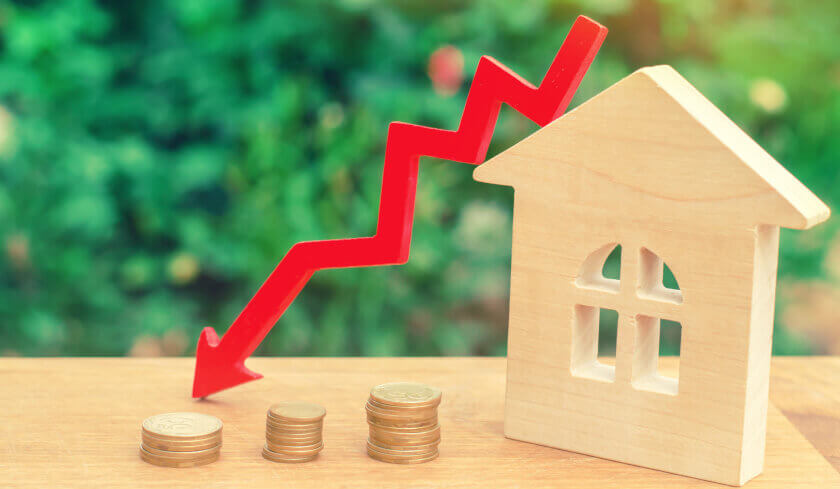Charting the course of NSW’s price downswing
Domain's NSW Spotlight Report has provided valuable insights and predictions on the current trajectory of the NSW property market.

The report has outlined that the quickest and sharpest market upswing Sydney has ever seen, occurring from June 2020 and March 2022, has ended. During this period, prices jumped 40 per cent, or $708 a day, an unprecedented level of growth for the industry.
“House prices across all Sydney suburbs experienced an increase in price over the past year, ranging from 6 per cent to almost 58 per cent, widening the wealth divide between homeowners and non-homeowners, and stretching the ability of others to upsize,” Domain’s chief of economics and research Dr Nicola Powell said.
The group has reported that Sydney’s housing market has now entered a downturn, with the city experiencing one of the most severe market declines of all the capital cities. The last significant downturn occurred between 2017 to 2019, when house prices in Sydney fell 13.8 per cent.
However, the current decline is different given “the rise in interest rates, increasing cost of a home loan and reducing borrowing capacity at a time when living costs are soaring”.
In certain Sydney regions, such as the eastern suburbs, the downswing has seen house prices drop back by 8.5 per cent since they hit their peak in June 2021, while similarly, in Sutherland, prices have declined 5.5 per cent since their peak in December last year.
However, Dr Powell has offered some good news for investors and home owners alike, based on the company’s research.
“Historically, downturns have been shorter and less severe compared to the preceding upswing. We are expecting the slowdown in price growth to continue and purchasing conditions to improve for buyers, but it is unlikely we will see a return to pre-pandemic prices,” she said.
As for how the market’s future will play out, Dr Powell commented that there are a number of factors that will define the market’s trajectory during this period, with the most notable being the pace and size of interest rate increases.
“The current level of household debt makes Australian mortgage holders sensitive to higher interest rates that will squeeze household budgets. The higher level of debt means that the RBA won’t need to increase rates as much as it has in the past to cool inflation,” she said.
“Property prices are partly driven by momentum, which means when prices fall this is likely to lead to further price falls – fear can feed fear, both positively and negatively.”
The drop in NSW home prices, as well as various schemes and strategies by both federal and state governments – including the Help to Buy scheme and the proposed changes to stamp duty by the NSW government – will assist in increasing affordability and accessibility.
Dr Powell commended the newly appointed federal government’s Help to Buy scheme for its ability to get buyers into the market 11 years earlier than they previously would’ve been able to, but acknowledged that “it can only help 6 per cent of first home buyers nationally each year”.
While continued stamp duty reform, she believes, will stimulate “rightsizing” and free up supply issues statewide.
